Column: No Mow May should be 'No Spray May': Let's stop abusing Mother Earth
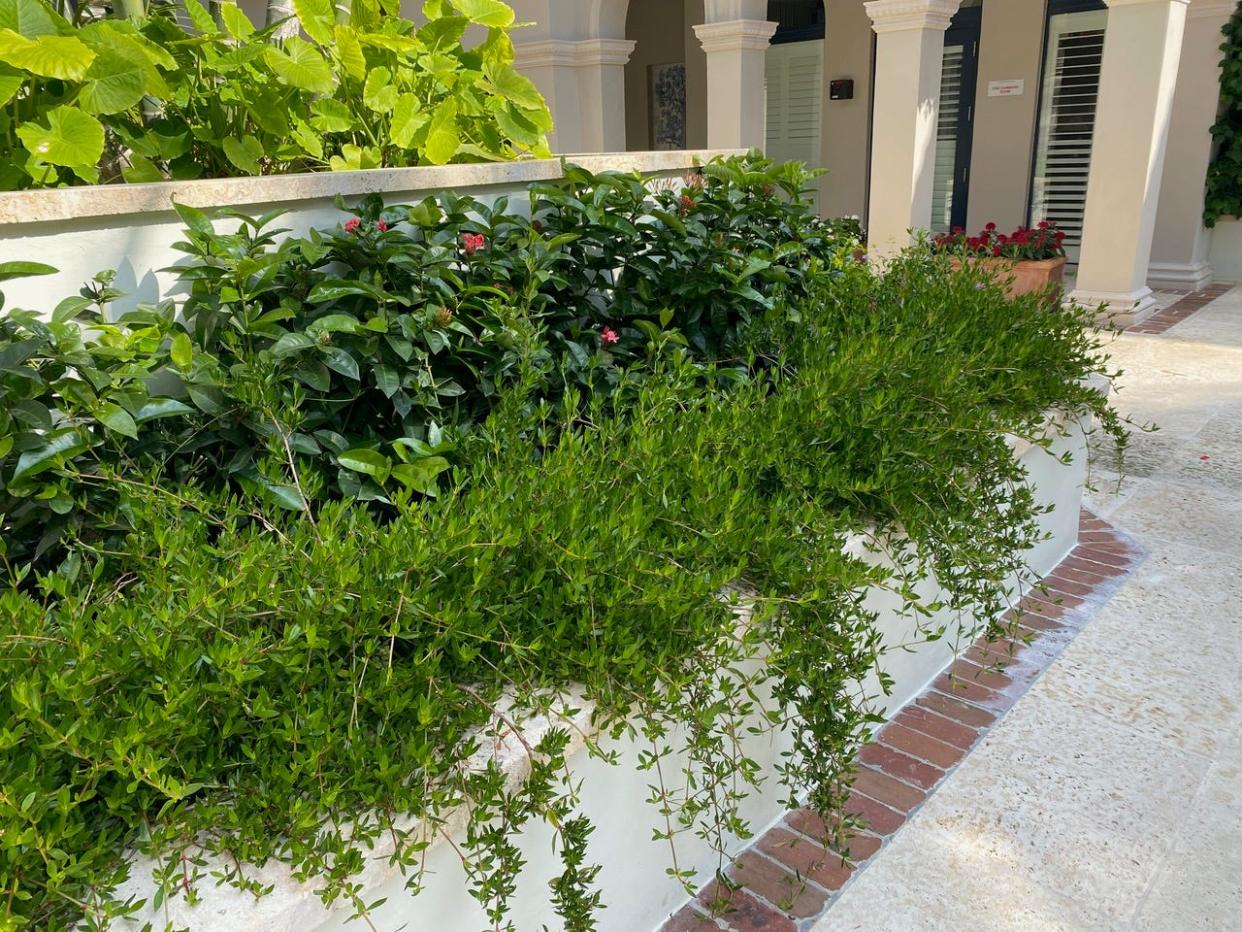
I’m writing this on Mother’s Day, because while we honor our biological mothers, we have long been neglecting and even abusing our universal matriarch, Mother Earth.
It’s No Mow May, and advocates for this event promote the infinite and wonderful variety of healthy organisms left to thrive in unmown lawns. But mowing isn’t the real issue; this month would be better called “No Spray May” as we need to stop dosing our lawns with chemicals.
Americans add over 80 million pounds of pesticides and herbicides to their properties annually, far more per acre than commercial agriculture. Our chemically treated lawns, which now cover over 40 million acres across the country, are sadly nothing more than poisonous green wastelands, devoid of any sustainable life, and highly toxic not only to birds and wildlife, but to our children and pets as well.
We then waste millions of gallons of water to keep these green carpets looking healthy (which they will never be) while somehow overlooking the fact that all these chemicals inevitably end up in our waterways and aquifers through storm runoff. Next time your lawn service technician pulls up to treat your property, just ask him to pour you a glass of what he’s applying to your lawn — you’re going to end up drinking it eventually anyway.
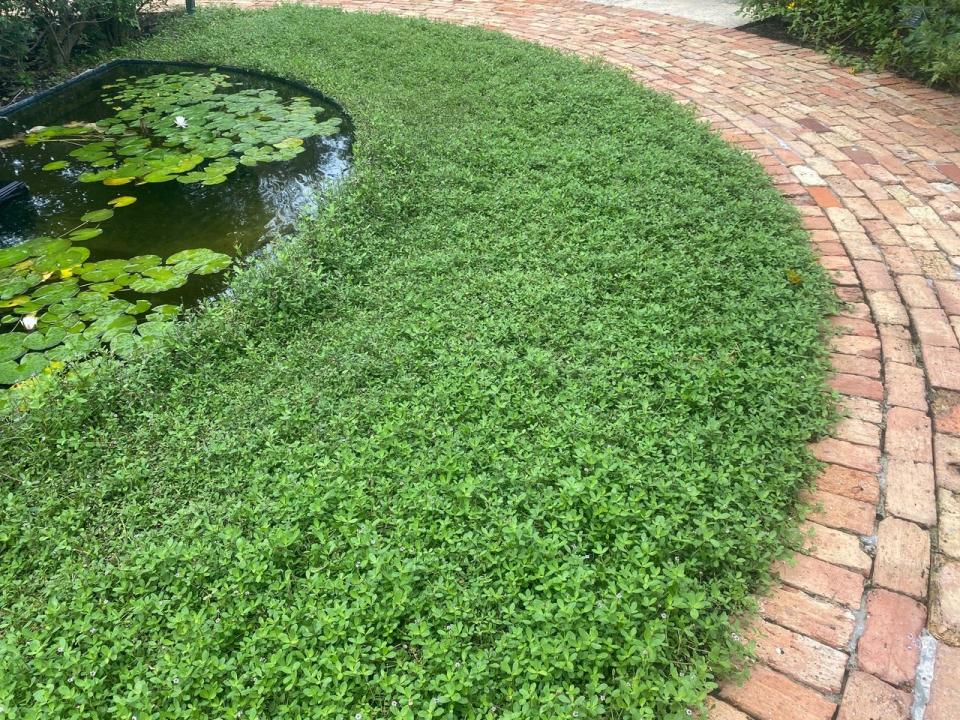
Lawn chemicals don’t just “disappear” after a couple of days, as those regulatory signs applied by the applicators would have you believe. They persist for months and years in the soil, seeping into groundwater and private wells, and remaining on surface water where they are toxic to aquatic organisms and the wildlife that depend on them. And don’t think that you’re immune to them indoors, either. Residues are tracked into your homes where they accumulate in carpets and other surfaces. Inside, you and your children are exposed to levels of pesticides 10 times higher than are deemed “safe” by the labels on the containers.
In 2013, it was estimated that pesticide contamination resulted in the death of 20 million birds annually; since dead birds are rarely recovered, the actual figure is probably much higher. Agricultural chemicals are recognized as the leading cause in the decline of grassland bird species, and lawn chemicals are contributing to the demise of 10 to15 million more. Birds exposed to these chemicals suffer debilitating effects including eggshell thinning, hormone disruption, lethargy, and impaired immune systems, all of which reduce their ability to reproduce and survive.
The publication of Rachel Carson’s “Silent Spring” in 1962 led to the banning of DDT, which saved the bald eagle, our national symbol, from extinction. But every year, new and more highly toxic chemical compounds are being developed and added to the arsenal already on the market. Birds easily mistake pesticide granules for seed, and they have ready access to toxic areas where they dine on contaminated insects. They also inhale the vapor and droplets of airborne pesticides, which are sprayed and applied in all conditions, regardless of the guidelines for use.
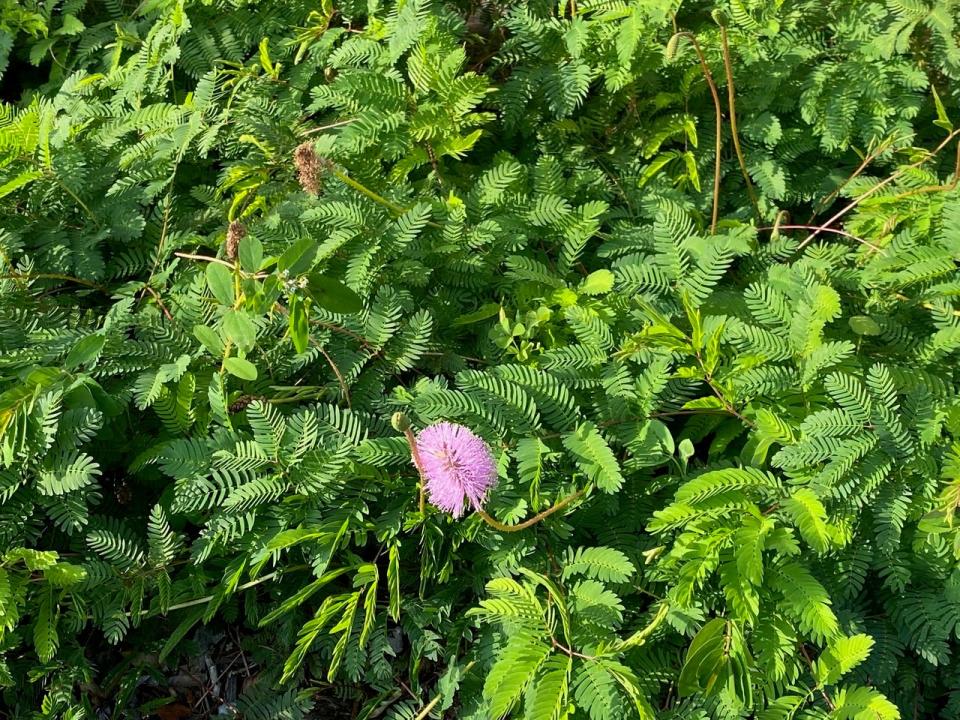
There is no regulation on the spraying of chemicals in Palm Beach. I have seen technicians spraying in 15 to 20 mph winds, when the labels on their pesticides clearly state that these are not to be used when winds are above 5 mph. The chemicals then drift onto neighbor’s yards where they cause damage to unsuspecting children and pets.
Children are particularly susceptible to pesticides, as their developing organs cannot detoxify the neonicotinoids and organophosphates (all neurotoxins) that comprise these chemicals. This elevates their risk for cancers, brain damage, developmental disorders and hyperactivity. Twenty years ago a comprehensive report on “Risks from Lawn Care Pesticides” by Environment and Human Health found that children exposed to home pesticide use had “increased incidences of childhood leukemia, brain cancer, birth defects, and soft-tissue sarcomas.” Is no one paying any attention?
People believe that chemicals on the market have been tested for safety, but this is a gross misassumption. These chemicals have simply been registered with the EPA, who admits that no pesticide is 100% safe. Only a tiny fraction of registered chemicals have been tested, and even if they are proven to be “probable carcinogens,” they somehow remain on the market. Our pathological obsession with our lawns is far more than just unhealthy; it is killing us and our planet. Lush green lawns do not require pesticides of any kind; these toxins simply kill the essential microorganisms necessary to healthy soil, which in turn promotes healthy plants.
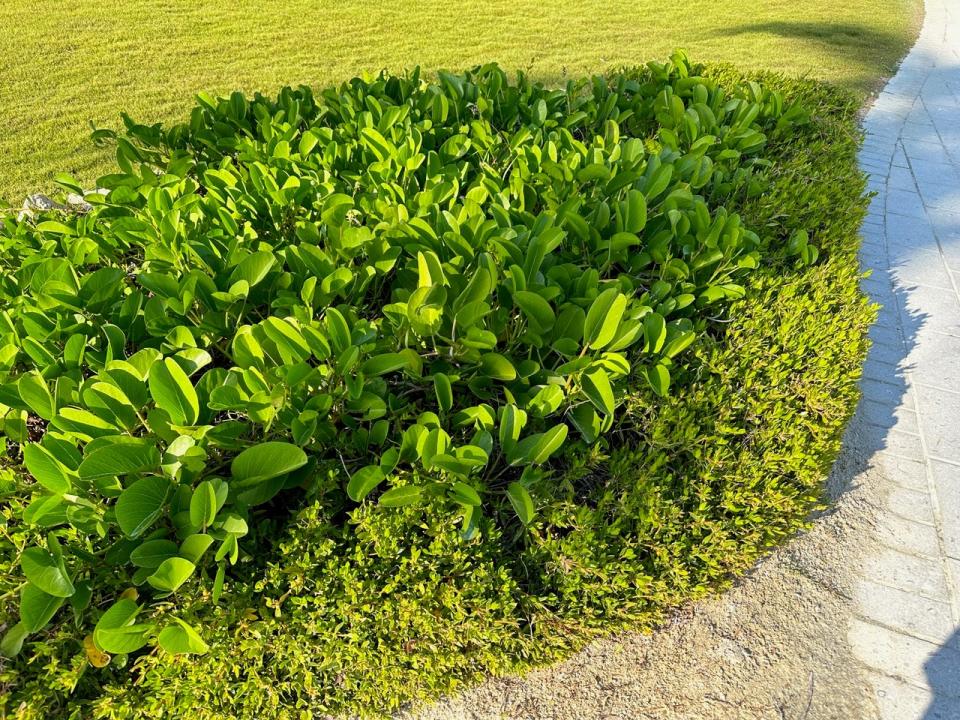
Mycorrhizal fungi in our soils grow on the roots of plants to build and maintain soil health while sequestering carbon and other greenhouse gases from the air. One tablespoon of healthy soil can contain up to 10 billion microbes, which are vitally important to all life on earth. Healthy, organic soil stores massive quantities of carbon and holds it in the same way a tree stores carbon in its trunk. Conversely, chemically treated soils have weakened microbial life, debilitated structure, and impaired ability to withstand the stresses of drought, heat, flooding or traffic. Nor can they sequester the carbon that must be stored to maintain a sustainable environment. Carbamates, pyrethroids, and neonicotinoid insecticides are all neurotoxins fatal to insects and “likely human carcinogens” with proven links to Parkinson’s, numerous cancers, Alzheimer’s, and autism.
Healthy grass can be maintained without toxic chemicals if a few basic rules are followed. First, choose the right product. Don’t plant a grass that can’t handle salt spray on an oceanfront property or a sun-loving grass in the shade. Secondly, water less frequently and to a greater depth. This encourages grass roots to search deeper into the soil for water, making them longer, stronger, and less likely to dry out during a drought. Weed roots tend to be shallow, so watering lightly every few days simply encourages grass roots to stay near the surface where they will have to compete with weeds.
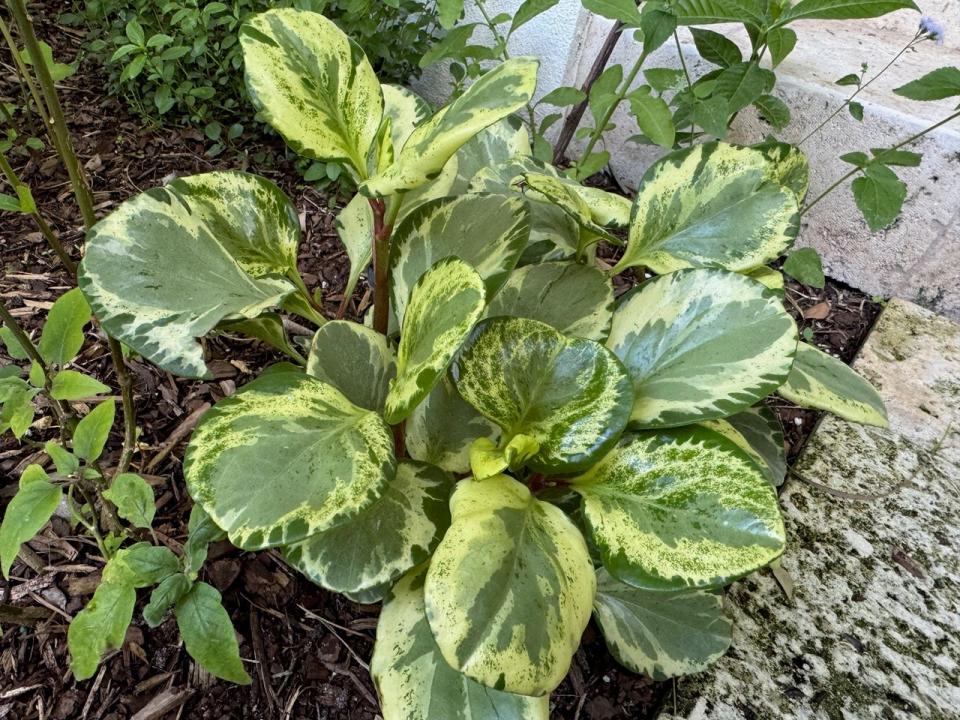
If the top two inches of soil are bone dry, the weed seeds will die, while the more deeply rooted grass will still find moisture below. Mow on the high side, never removing more than 1/3 of the grass blade. Longer grass blades photosynthesize sunlight into sugars to feed and grow a healthier root system. And taller grass is healthier and thicker, shading roots and discouraging weed germination. Finally, reduce the size of your lawn area by adding native ground covers, shrubs or trees.
Chemically treated lawns are toxic, harmful to you, your children and pets, dangerous to the environment, and are ecologically dead. We need to change our whole paradigm on aesthetics in the lawn department. Be tolerant of a few weeds; you can dig them out with a trowel, rather than spraying with an herbicide.
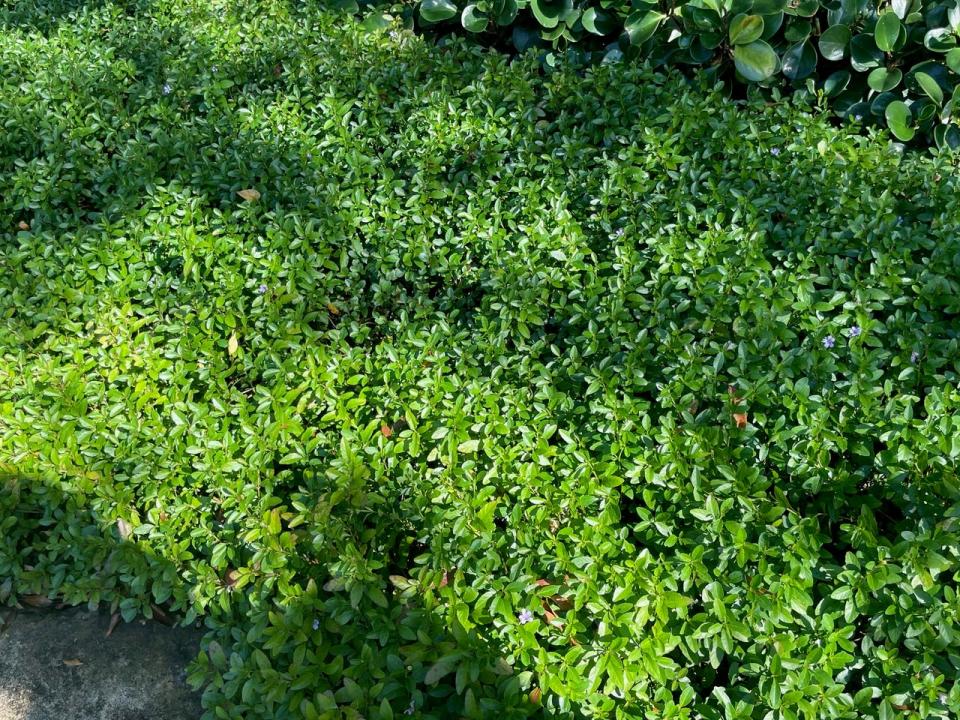
Let’s learn to appreciate the beauty in a healthy, albeit imperfect lawn surrounded with diverse native plants and brimming with wildlife through butterflies, pollinators, birds, and bees, with crickets at night and birdsong throughout the day, and blossoms bursting with fragrance and color. There’s so much beauty in nature if we allow her to thrive.
This article originally appeared on Palm Beach Post: Wide use of pesticides on our lawns is making Mother Nature very sick

